Beyond Binaries
Mike dedicates their work on this book to the unceasingly fabulous memory and activism of Marsha P. Johnson.
Rachel dedicates her work on this book to her Domestic Partner, Martin D. Garcia, and her cats, Monty and Romeo.
John dedicates his work on this book to the Trans community and all those fighting for human equality.
Beyond Binaries
Trans Identities in
Contemporary Culture
Edited by
Mike Perez, Rachel Friedman,
and John C. Lamothe
LEXINGTON BOOKS
Lanham Boulder New York London
Published by Lexington Books
An imprint of The Rowman & Littlefield Publishing Group, Inc.
4501 Forbes Boulevard, Suite 200, Lanham, Maryland 20706
www.rowman.com
6 Tinworth Street, London SE11 5AL, United Kingdom
Copyright 2021 The Rowman & Littlefield Publishing Group, Inc.
All rights reserved . No part of this book may be reproduced in any form or by any electronic or mechanical means, including information storage and retrieval systems, without written permission from the publisher, except by a reviewer who may quote passages in a review.
British Library Cataloguing in Publication Information Available
Library of Congress Control Number: 2020949700
 The paper used in this publication meets the minimum requirements of American National Standard for Information SciencesPermanence of Paper for Printed Library Materials, ANSI/NISO Z39.48-1992.
The paper used in this publication meets the minimum requirements of American National Standard for Information SciencesPermanence of Paper for Printed Library Materials, ANSI/NISO Z39.48-1992.
Contents
Rachel Friedman, Mike Perez, and John C. Lamothe
J. Michael Ryan
G. M. Mozer
Finn Lefevre
Traci Abbott
Peter Piatkowski
John C. Lamothe
Jacob Muriel
Jim Shoopman
Rachel Friedman and Ashley B. Maxwell
Billy Huff
Lucky Issar
Mike Perez
Globally, a growing awareness of transgender issues has intensified in recent years, especially after the high-profile media examples of Chaz Bono and Caitlyn Jenner, the formidable career ascension of Laverne Cox, and the multimedia achievements of Jazz Jennings, both as author and reality television star. This rising awareness has caused activism both for and against the transgender community and compels us to question many of the binaries that permeate popular culture. Few issues question borders and transcend boundaries in such an important manner as current transgender concerns, and although there has been scholarly attention on trans communities, there has been less attention given to the intersection of trans identities and broader contemporary culture in an interdisciplinary context.
This collected work will explore numerous aspects of trans identity from a scholarly perspective while at the same time using trans as a lens to investigate cultural practices and constructions. It will be multidisciplinary and well researched, but also accessible to a non-scholarly audience. The book will be organized in three major sections roughly corresponding to the past, present, and future of the transgender presence and movement.
What exists within and beyond the binaries that were, upon a time, never questioned or examined, especially as expressed through a transgender lens and in popular culture? In shaping this book and guiding contributors, we were particularly interested in projects that question or redefine gender and transgender identities beyond the expectations of binary codes, be it language, media portrayals, and historical considerations, such as but not limited to the following: transgender presences in cinema, music, and culture both past and present, not to mention that which is rapidly developing as this book is taking shape (such as the assembling of the largest transgender cast actually portraying trans characters in the Summer 2018 FX mini-series Pose ); fashion perspectives; international perspectives; social media representations of trans identities, as well as the active and ubiquitous presence of trans identities in video games, even if they are textual (such as the character of Aech, Parzivals best friend online in the virtual world of OASIS, in Ernest Clines Ready Player One ) . Clines character falls prey to a pattern often found in trans media portrayals (although his is a technologically savvy example, and a welcome one insofar that a queer woman of color is directing her male avatar of Aech as role-playing in more ways than one)the pattern of the transgender reveal or betrayal of transgender identity as being commiserate with biological gender only. In looking beyond binaries, we strive to locate and analyze such outings as the false transphobic system they inherently uphold and perpetuate, both in cultures and in lives.
Thus, this anthology will address a trans-continuum and historicity as one way in to contextualize the significant iterations of transgender across multimedia platforms. A starting point for such a timeline will be tentative at best, as the transgender presence in certain modes of mediaespecially religious texts and culturescan go back hundreds, if not thousands, of years. The visibility of transgender individuals is not based in a reveal (that awkward noun created in American popular culture usage by Fox Networks short-lived reality makeover show The Swan ); on the contrary, the transgender presence has thrived beyond binaries for more years than are currently being disclosed as the daily revelation they actually are.
Regarding the transgender reveal, even a popular example such as the American reality show RuPauls Drag Race falls prey to the clich of the transgender reveal in its earlier seasons, somewhat reflecting transphobic expectations prevalent in aspects of even cis-normative gay male homosocial culture, culminating in the season 9 presence (and subsequent first runner-up status) of the shows first transgender contestant, Peppermint, who identified as transgender from the seasons beginning. That transgender identities have always coexisted with the large, diverse, and consistently evolving world of drag performance not only in the United States reinforces a concept integral to this anthology: that there has always been at work and as a daily fact, transgender contributions to not only divergent countercultures or sub-cultures but culture itself as we both know and do not know it.
To expand upon the concept of rapidly developing presences in cultureother chapters in our anthology also aim to rectify this idea somewhat in presenting an active trans continuum. Several chapters of the anthology concern themselves with the present, or the now as reflected by transgender concerns and identities being formed faster than the book itself can keep up (or so it seems); other chapters address the future identities that might be expressed by transgender men and women, who may be referred to, according to their preference, as simply men or women very soon, alongside nonbinary conforming individuals who, for the first time, have the option of choosing in a fluid way their individual gender truths beyond the confinement or linguistic tyranny of set pronouns. As if gender is rarely simple and not predicated on just one reductive choice, one surgery, one revelation fixed in time.
This book is dedicated to the historical and developing genres of transgender media and their ongoing visibility and elucidation in the face of ignorance and violence, always keeping in mind scholar Susan Strykers reminder that different media iterations and genres are integral to this process, as the English word gender is derived from genre , meaning kind or type (Stryker 11).
This edited volume is unique in that it collects international voices as well as those from the American academic dialogue currently interested in transgender concerns and iterations. Authorship includes scholars who identify as not only transgender but gender-fluid and non-gender conforming from an international perspective as well. Beyond Binaries is the first transgender media anthology on the international level that also aims for a larger readership and usability beyond academia. We are particularly qualified to write and edit the volume because of our allegiance with the transgender communities we support and promote on the academic level as well as the many authors (Kate Bornstein, Susan Stryker, Janet Mock, Riki Wilchins, and Pat Califia, to name a few) whom we have studied and taught in our own humanities or communications courses at Embry-Riddle Aeronautical University in Daytona Beach, Florida.

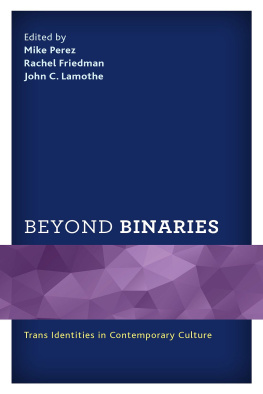

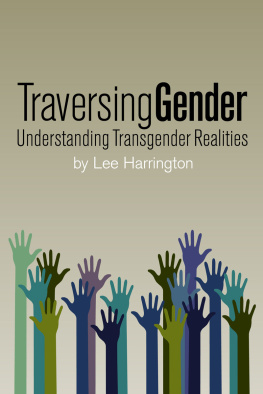
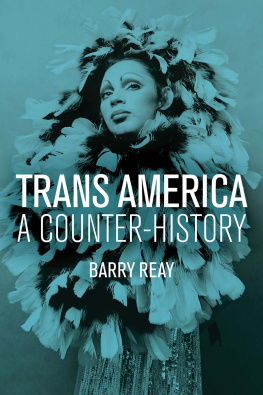
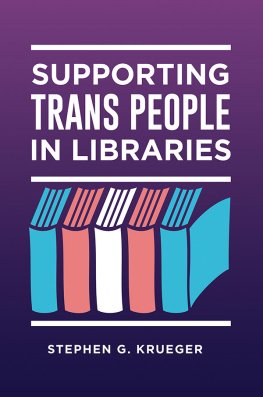
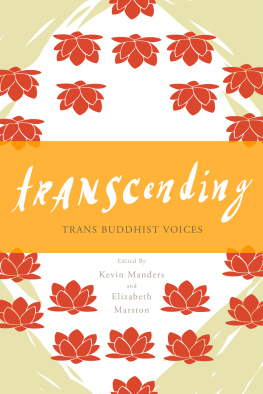

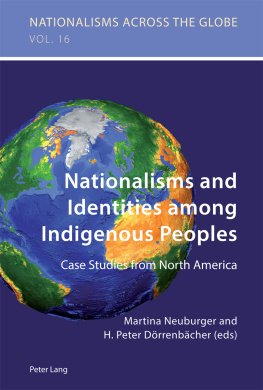
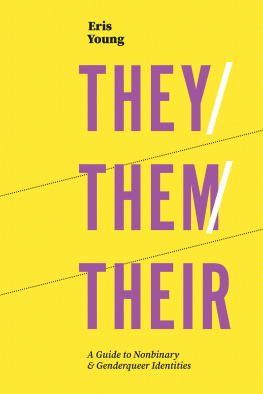
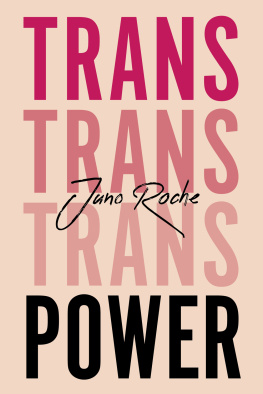

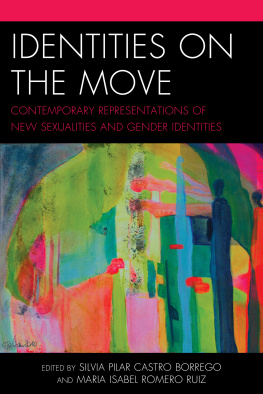

 The paper used in this publication meets the minimum requirements of American National Standard for Information SciencesPermanence of Paper for Printed Library Materials, ANSI/NISO Z39.48-1992.
The paper used in this publication meets the minimum requirements of American National Standard for Information SciencesPermanence of Paper for Printed Library Materials, ANSI/NISO Z39.48-1992.